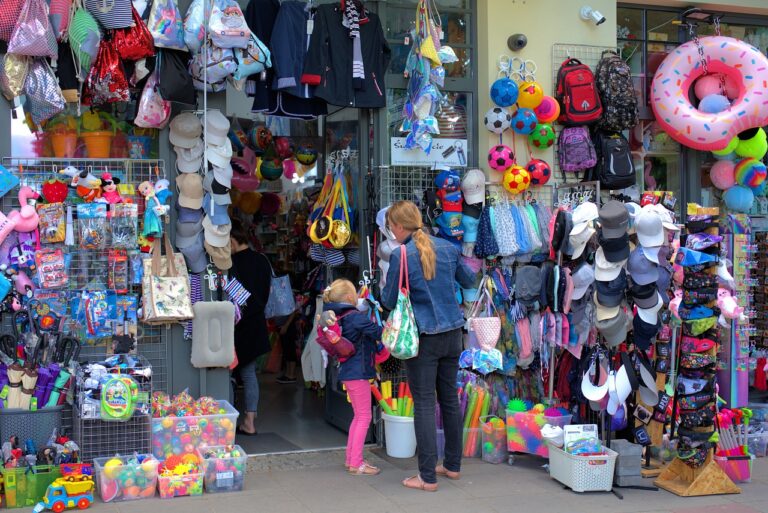The Future of Digital Marketplaces for Handmade Goods: Supporting Artisans and Crafters
Traditional marketplaces present a myriad of challenges to artisans and crafters. One of the most significant hurdles is the limited exposure their products receive. With so many vendors and products competing for attention, it can be difficult for artisans to stand out and attract customers. Moreover, the lack of a centralized platform for showcasing their creations makes it challenging for artisans to reach a wider audience beyond their local markets.
Another obstacle faced by artisans in traditional marketplaces is the high overhead costs associated with renting physical retail space. Many artisans struggle to afford the expenses of maintaining a brick-and-mortar store, which can eat into their profits and make it harder for them to sustain their businesses in the long run. Additionally, the limited operating hours of traditional marketplaces can restrict artisans’ ability to reach customers outside of normal business hours, further hindering their sales potential.
Benefits of selling handmade goods in digital marketplaces
Online platforms offer artisans and crafters a global reach, allowing them to showcase their unique creations to a wider audience beyond their local markets. By selling handmade goods in digital marketplaces, artisans can tap into a diverse customer base and connect with individuals who appreciate the value of authentic, handcrafted items. This exposure opens up new opportunities for artisans to grow their businesses and establish a loyal following of customers who appreciate the craftsmanship and creativity behind each product.
Moreover, selling handmade goods in digital marketplaces provides artisans with a convenient and efficient way to manage their sales and operations. Online platforms typically offer user-friendly interfaces and tools that streamline the process of listing products, processing orders, and tracking inventory. This ease of use allows artisans to focus more on their craft and creating new products, rather than getting bogged down in the logistical aspects of running a business. Additionally, digital marketplaces often provide resources and support to help artisans market their products effectively and reach a larger audience of potential customers.
Online platforms offer global reach for artisans
Showcase unique creations to wider audience
Connect with individuals who appreciate handcrafted items
Grow businesses and establish loyal customer base
Convenient and efficient way to manage sales and operations
User-friendly interfaces streamline listing products, processing orders, tracking inventory
Focus more on craft and creating new products rather than logistics
Resources and support for effective marketing and reaching larger audience
Trends in the digital marketplace for handmade goods
With the rise of e-commerce platforms and social media, the digital marketplace for handmade goods is growing at a rapid pace. Artisans and crafters now have the opportunity to reach a global audience and showcase their unique creations without the limitations of physical storefronts. This shift towards online selling has opened up a whole new world of possibilities for independent makers to establish their brand and connect with customers from all corners of the globe.
One of the key trends in the digital marketplace for handmade goods is the emphasis on authenticity and the story behind the products. Consumers are increasingly seeking out handmade items that have a personal touch and a connection to the maker. This has led to a rise in demand for one-of-a-kind pieces that reflect the individuality and craftsmanship of the artisan. As a result, sellers are focusing on sharing the process and inspiration behind their creations to build trust and loyalty with their customers.
What are some of the challenges faced by artisans and crafters in traditional marketplaces?
Some of the challenges faced by artisans and crafters in traditional marketplaces include limited reach, high overhead costs, and limited visibility to potential customers.
What are some benefits of selling handmade goods in digital marketplaces?
Some benefits of selling handmade goods in digital marketplaces include access to a global market, lower overhead costs, and the ability to reach a larger customer base.
What are some trends in the digital marketplace for handmade goods?
Some trends in the digital marketplace for handmade goods include the rise of niche marketplaces catering to specific crafts or styles, the use of social media influencers to promote handmade goods, and the increasing demand for sustainable and ethically made products.







